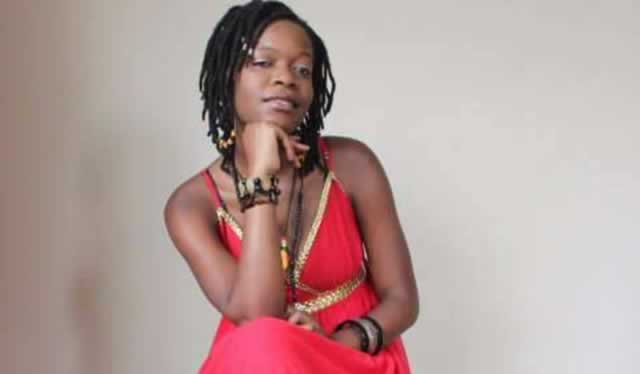Dzimbanhete Centre to equip artists
Stephen Garan’anga Visual Arte
The recent Dzimbanhete Arts Interactions re-launch ceremony and exhibition marked the beginning of hyper visual art and other cultural activities at the artists’ resource centre. This comes as a shot in the arm for practitioners who have endured lengthy periods of uninspiring artistic environment with very minimal movements.
The nippy night of heavy feast with song and dance of mbira music on the foot of the rocky mountains between the Lion and Cheetah Park and the Snake World, only 23 kilometres from the city centre along the Harare- Bulawayo highway, enlightened spirits and brought relief smiles to audiences who constituted mostly visual artists.
The critical secluded wooden house art space has a combination of a newly constructed exquisite performance stage and multi-media sculptural artworks by various international artists from workshops and residencies.
The centre has on numerous occasions conducted national art workshops and exhibitions as well as organised mentorship workshops and outreach programmes as prescribed by their mission.
Dzimbanhete Arts Interactions seeks to assist visual artists in acquiring a variety of skills and techniques in various media.
They want artists to realise their creative abilities without encountering too many technical challenges and limitations, and to be able to cross over to the making of applied (functional) objects.
DAI’s vision is to become a leading showcasing centre of contemporary African and Zimbabwean art and to be a formidable force in the production of high level art and applied crafts.
This will include prototype inventions to be patented, ready for industrial mass-production and marketing, and to be a major catalyst for connecting people and ideas through art.
Along with various practical interactions, DAI intends to facilitate stimulating and informative workshops and talks, delivered by invited specialists.
Other workshops will be designed to expose fine artists to high-craft industrial techniques. They also will be facilitated by selected artists or professionals from the technical world (local or visiting) who have excelled in a particular technique.
DAI will provide basic materials, lodging and food for all workshops, but participants will be expected to pay a stipulated participation fee and they will also be expected to take care of their travel expenses.
As majority of Zimbabwe’s artistic population are informally trained, they lack in the technical aspect of the media they use for their expressions.
This lack of technical knowledge also restricts them from venturing into other various working media and it is therefore critical that they are equipped to become more technically competent and versatile.
With such educative programmes, DAI foresees the production of higher fine art pieces and applied crafts which do not just narrate reality, but point out new directions and new solutions in the visual arts and the production industry.
DAI envisages the development of prototype inventions, ready for industrial production and marketing.
They envisage the production of monumental artworks created from skills borrowed from architecture and engineering.
DAI has a self-sustenance plan that is based on income to be generated from participation fees, and the sale of artworks produced on workshops and programmes in their gallery.
It will also charge a fee to groups of artists for tailor-made workshops.
They will have the capacity through the workshops to produce merchandise such as T-shirts, bags, folders and other advertising material to execute artistic commissions.
Income will also be realised from the provision of services such as internet services, rentals for studios and exhibition spaces, and performances.
With internet services at DAI centre artistes are able to advertise their products and services as well cast their networking net wide.
This is expected to help them market themselves as well as their products.
The centre aims to remain a growing force in the contemporary art world of Zimbabwe.
The current newly-opened art show of two dimensional artworks by both upcoming and established artists who include Gareth Nyandoro, Virginia Chihota, Portia Zvavahera, cofounder and director of the centre Chikonzero Chazunguza to mention a few has displayed some experimental and unsurpassed skills of print making on various subjects.
These continued efforts to revitalise the Zimbabwean creative industry will see such national assets as talent being fully utilised.
Our cultural practices will be recorded for the future and be sustainable to the current practitioners.









Comments